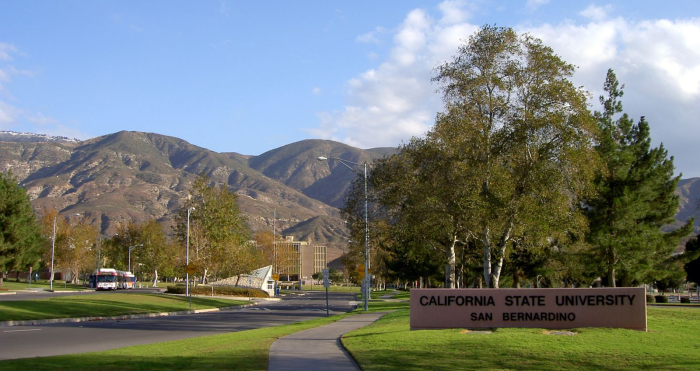 Has your organization joined the many that are embarking on a strategic plan? Public sector organizations are turning to strategic plans en masse with the hope of defining a better future. Beautiful documents are being created to represent visions of a better state. In a recent poll of public agencies, we found that nearly 80% of organizations said they had some kind of a strategic plan. Interestingly, the majority of respondents said the plan is used primarily for budgeting purposes. Fifteen percent said strategic planning has resulted in a pretty document that sits on a shelf.
Has your organization joined the many that are embarking on a strategic plan? Public sector organizations are turning to strategic plans en masse with the hope of defining a better future. Beautiful documents are being created to represent visions of a better state. In a recent poll of public agencies, we found that nearly 80% of organizations said they had some kind of a strategic plan. Interestingly, the majority of respondents said the plan is used primarily for budgeting purposes. Fifteen percent said strategic planning has resulted in a pretty document that sits on a shelf.
With so much energy and attention being devoted to strategic planning, it’s easy to lose momentum after the document is developed. But the opportunities for leveraging the plan are endless. A well “worked” strategic plan has the potential to engage community members, energize staff, and enhance organizational impact. Here are a few ideas for putting your strategic plan to work:
Regularly review the strategic plan – For a plan to come to life, it must be reviewed, revised, and reiterated on a frequent basis. A quarterly or at least semi-annual review of the plan’s commitments is essential. At each review the governing body may choose to reaffirm the plan, revise the plan based on environmental shifts, or refocus the plan based on major changes. Regardless of what happens at the regular review, the plan will remain useful only if it is current.
Gather input from community boards and commissions – While the governing body should drive the strategic plan, volunteer board and commission members play an important role in supporting and guiding the plan. The City of Richland, WA has engaged each major board and commission in a conversation about the City Council-developed strategic plan. Each citizen group (Parks and Recreation Board, Library Board, Planning Commission, etc.) has used the opportunity to identify ways they can support and align their work with the City Council’s direction.
Translate the plan to individual employee efforts – The strategic plan is only as good as the staff support it receives. Another way to leverage strategic planning efforts is to cascade the plan throughout the organization, aligning individual employee efforts to specific plan elements. Incorporating the plan into the employee performance evaluation process is an effective way to create a line of sight between the organization’s goals and the employee’s day-to-day focus. The Town of Gilbert, AZ has introduced a new performance management designed to do just this.
Discuss the strategic plan frequently with employees – When employee performance goals are aligned with the organization’s strategic direction, conversations with employees about their performance expand beyond the mundane. A well-aligned strategic plan allows managers to have regular conversations with employees about their contributions while reinforcing big picture goals.
Update the plan on regular intervals – It truly is a VUCA world – volatile, uncertain, complex, and ambiguous. Because reality is changing rapidly, it’s critical to make revisions to the strategic plan on a regular basis. While a quarterly or semi-annual review allows the governing body to reaffirm the plan, a thoughtful, comprehensive revision allows for necessary course corrections to respond to a rapidly shifting environment. An annual update and a five year re-do allows the planning effort to sustain momentum.
An agency-wide strategic plan is a great way to create an ennobling future, one in which everyone can get behind.
But what if my organization doesn’t have a strategic plan?
Even if your agency has not developed a wide-reaching, forward-thinking plan for the future, you can create a mini-plan that encompasses the scope and mission of your work group. Even without a top-down plan, work unit leaders can engage employees in conversations about the future. Team conversations about where your work group is headed can be engaging and encouraging, giving employees the energy to tackle their daily work. Even if your policy makers have not embarked on a planning process, you can do it yourself by posing a few simple questions to your team:
- How will our work be different in the future?
- What will our customers expect from us in the future?
- Imagine we are winning awards and accolades from our peers. What are we doing to earn such recognition?
- What tools will we be using in the future that will help us achieve a new level of performance?
- What will others say about us in the future?
- If we are seen by others in the organization as the “go to” department, why are they coming to us? What have we done to earn their respect?
Strategic planning is best driven from the top of the organization. Yet, even without top-down momentum, any leader can use the concepts of strategic planning to create a focal point around which employees can rally.



